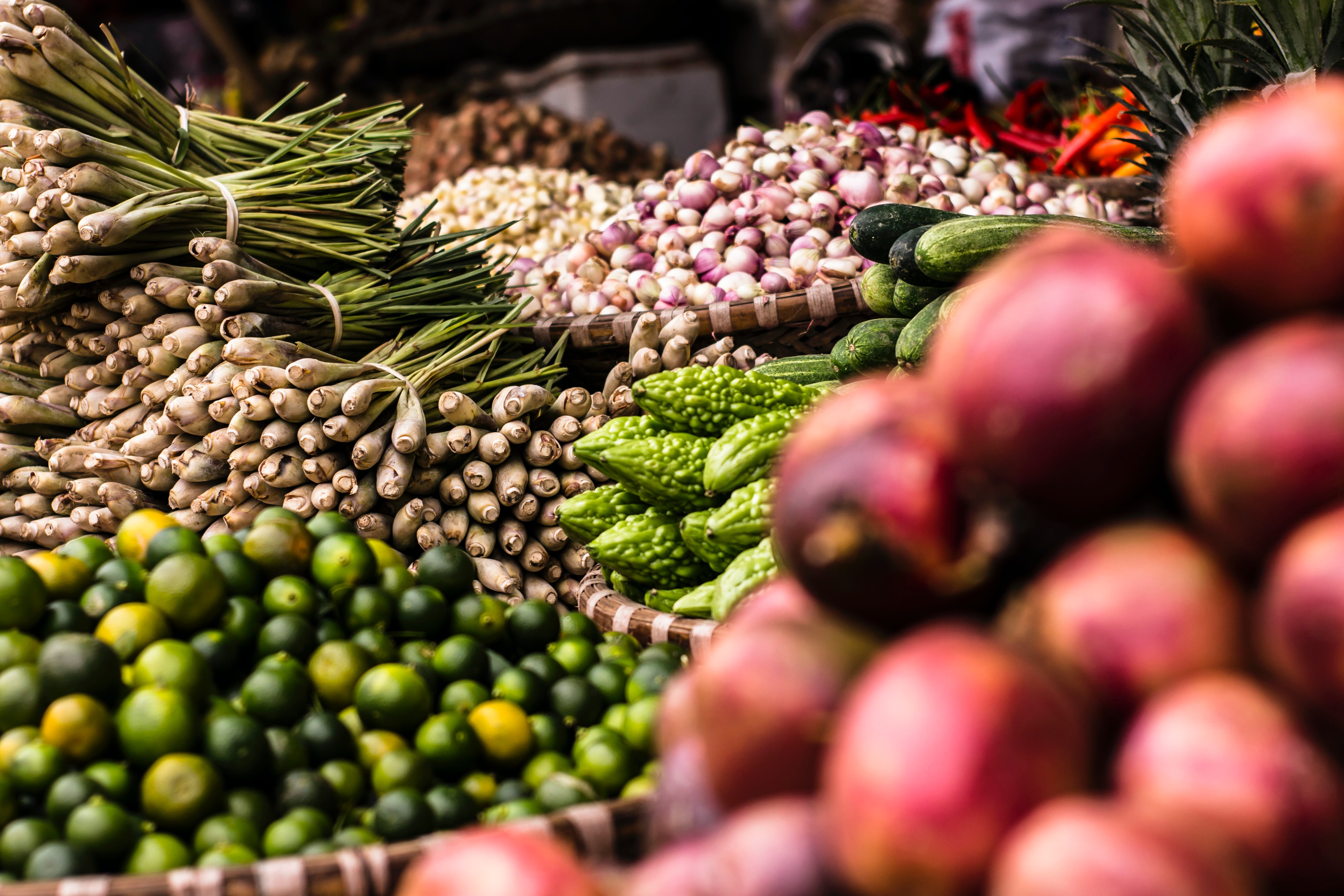Tips for Managing Cash Flow in the Food Supply Chain

Cash flow management is critical for the success and expansion of businesses operating in the food supply chain. A healthy cash flow ensures that companies have the finances they need to produce and sell goods, buy things like packaging materials, and collect payments from customers on schedule.
This blog post will look at efficient strategies for managing cash flow, with the goal of assisting businesses in optimizing their financial operations to achieve better results.
We’ll also go over how Silo can be the ultimate solution for leveraging cash flow to give your business a competitive edge.
Understanding primary cash flow in supply chains
To effectively manage cash flow in the food supply chain, it’s essential to understand what it actually means to do so. There are a few main phases during which cash flow must be considered: during sourcing and in association with sales and collections.
Cash flow in sourcing
The sourcing phase involves the purchasing of raw materials (if applicable), the establishing of partnerships with vendors and suppliers, and the securing of inventory.
It’s essential to have enough capital during this phase to pursue new relationships, explore new commodities, and ensure a steady supply of high-quality products. In other words, adding more working capital to the sourcing phase of the Cash Conversion Cycle (CCC) allows businesses to strategically act on new opportunities and secure access to in-demand inventory.
Cash flow in sales and collections
The sales and collections phase involves the selling of produced goods and the collecting of payments from customers. This phase can significantly impact supply chain cash flows, especially if there are delays in customer payments.
One way businesses often optimize cash flow during this phase is through the financing of sales invoices. By shortening the Days Receivable Outstanding (DRO) through invoice financing, businesses can gain access to and make use of capital that would typically be tied up in longer customer payment terms.
This instant liquidity not only helps businesses weather cash flow dips, but also provides the opportunity to reinvest working capital into sourcing and sales operations, further fueling the CCC and maximizing outcomes.
Tips for managing cash flow in the food supply chain
Now that we have an understanding of primary cash flow in the supply chain, let's explore some practical tips for effective cash flow management. In addition to adding working capital and accelerating your CCC via the financing of your sales invoices, here are some ways to better manage cash flow.
Monitor and forecast cash flow
Monitoring and estimating cash flow on a regular basis is critical for anticipating unexpected gaps or surpluses. Businesses can generate reliable cash flow predictions by assessing historical data, market trends, and business projections.
This allows for improved financial planning and decision-making, as well as ensuring that there’s enough cash on hand to pay costs and capitalize on opportunities.
Negotiate advantageous payment terms
Negotiate advantageous payment terms that correspond with your cash flow demands when forming agreements with vendors, suppliers, and consumers.
Longer payment terms from customers may put a burden on supply chain cash flows, so it's critical to strike a balance that allows for prompt collections while preserving solid client relationships.
Make use of technology
Consider making use of technological solutions that simplify cash flow management operations. This may include, for example, platforms that automate invoicing, monitor receivables, and manage payables.
Industry-specific platforms can give real-time insight into cash flow, inventory management, and sales data, allowing for better-educated financial choices.
Increase the number of revenue streams
Relying on a single product or client increases the likelihood of problems for the typical flow of cash in the supply chain.
It’s therefore important to diversify income sources by entering new markets, extending product offerings, and establishing new client connections. This lessens reliance on a single source of income while also providing stability amid market changes.
Optimize inventory management
Effective inventory management is critical for optimizing cash flow. Overstocking goods (especially ones that are perishable) may tie up operating capital and result in waste. Instead, it’s best to utilize methods for inventory management to eliminate excess and reduce storage expenses.
To ensure ideal inventory levels, monitor demand trends on a regular basis, analyze sales data, and maintain consistent contact with suppliers.
Leverage cash flow with Silo
Managing cash flow is critical for success when operating in the food supply chain. Businesses can improve their financial operations and get better results by better understanding and overseeing cash flow.
Maintaining healthy cash flow requires regular monitoring and forecasting, negotiating advantageous payment terms, using technology, diversifying revenue sources, and improving inventory management.
Making use of future-forward fintech platforms like Silo can give businesses a competitive advantage. Silo’s capital offerings help businesses weather storms, scale responsibly, and bridge cash flow gaps.
Additionally, Silo also offers an all-in-one platform that combines financial administration, inventory control, and more, allowing companies to receive real-time data and make smarter financial choices.
Small and medium-sized companies can use Silo to maximize their cash flow and financing capacities to take control of their cash flow and ensure a brighter future for their company. Gain quick access to discreet, and cost effective working capital to supercharge your business’ potential today.
Book a demo with Silo today!
Want to book a demo with us?
Add your info and we’ll get one scheduled with you.